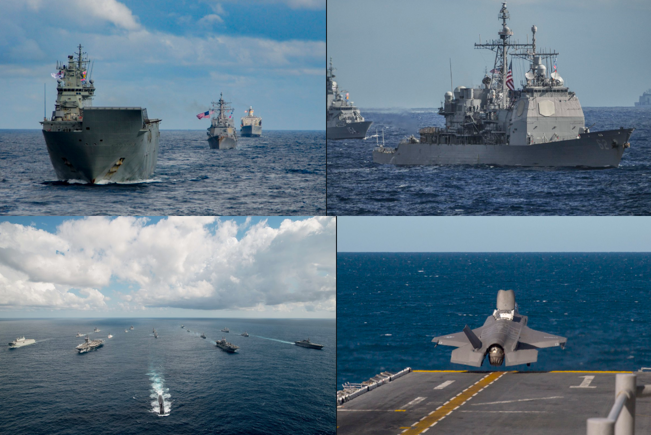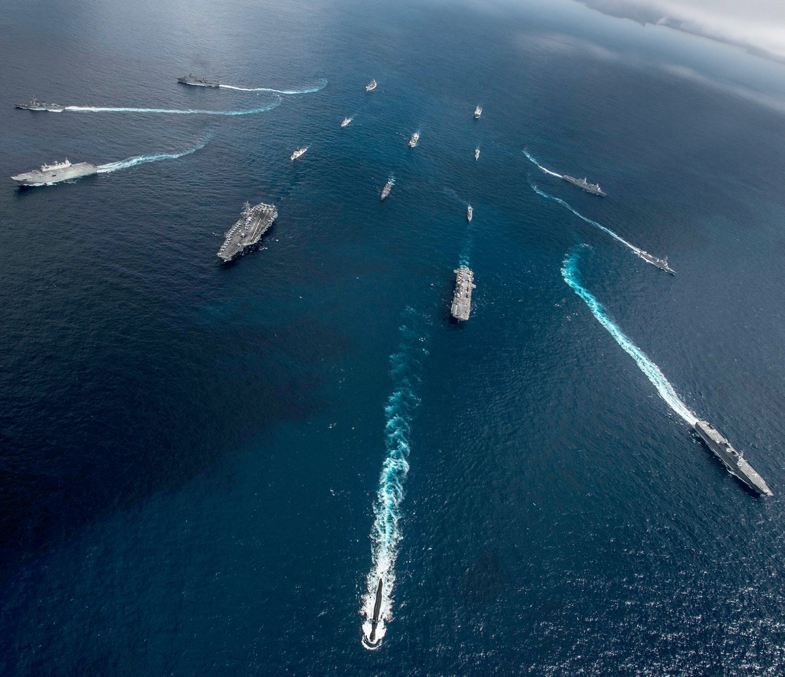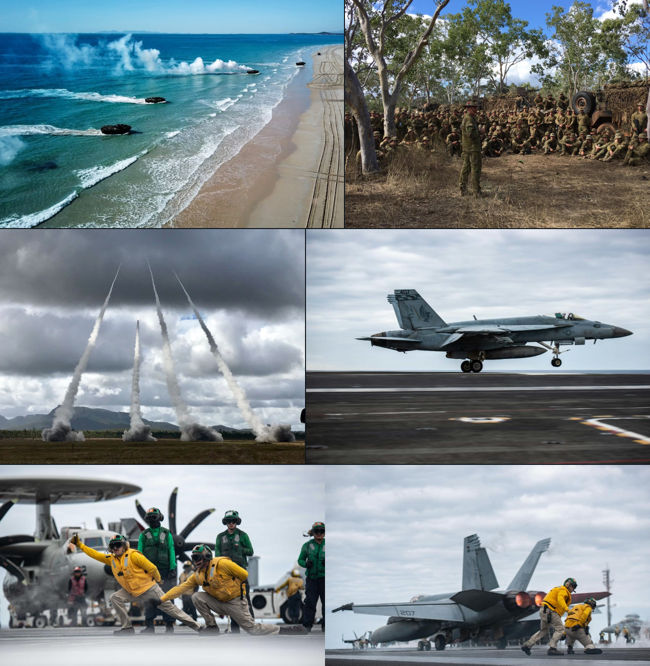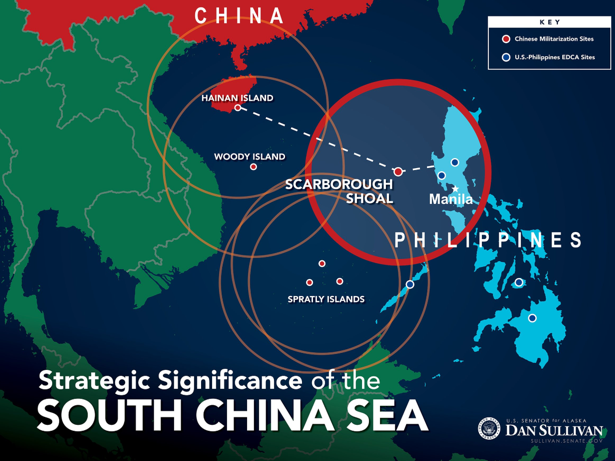A joint Australian-U.S. military exercise, called Talisman Sabre 2019, will continue through early August following this week’s Australian-led amphibious landing at Langham Beach, Queensland, Australia, reported Naval Today.
Forces from around the world (the U.S., New Zealand, United Kingdom, and Japan) practiced one of the most massive beach assault since World War II off the eastern coast of Queensland.
Maj. Gen. Roger Noble, deputy chief of joint operations for the Australian Defence Force, noted the beach assault was the critical portion of the monthlong exercise.
“The relationship between the Australian and the United States is the cornerstone of our regional stability. Practicing [working together] builds our flexibility to achieve our shared aims,” he said.
“A credible amphibious capability significantly broadens the options for Australia and the United States to fulfill these requirements,” Noble said in a statement Wednesday.
Stripes said the Australian military lacks a dedicated amphibious force. Rather, the Australian army rotates soldiers through land and sea postings, and the Australian navy is in command of sailing them close to the beach for attacks.
“This is completely foreign to almost all of us,” said Capt. Matthew Stevens of the Royal Australian Army’s 7th Infantry Regiment, who led the group of soldiers on the amphibious landing craft earlier this week.
The amphibious assault included more than 34,000 personnel, 30 ships, and 200 aircraft, the Australian Broadcasting Corporation reported Thursday.
Marines started aboard the USS Wasp, USS Green Bay, Royal Australian Navy ships, and Japan Maritime Self-Defense Force vessels. The marines then used landing craft air cushion, amphibious assault vehicles, and combat rubber raiding crafts for the beach assault.
As the first wave of Americans and Japanese landed on the beach, a smokescreen was deployed to disorient the imagined enemy.
WATCH || Our amphibious landing was significant because it was done with partner nations. This amazing feat demonstrates our preparedness for future amphibious assaults.
👉 Read more at https://t.co/buOY3OZDkD#TalismanSabre #TS19 pic.twitter.com/UPq2J864XH
— TalismanSabre (@TalismanSabre) July 18, 2019
While on land, Australian soldiers observed as two Japanese air-cushioned landing craft drove ashore.
The exercise came after U.S. Chief of Naval Operations Admiral John Richardson last month encouraged Australian counterparts to become more active in countering China’s military expansion in the South China Sea.
Tensions flared up earlier this week when the Royal Malaysian Navy conducted anti-ship missile war drills in the South China Sea.
There’s also been worsening relations between China and Vietnam, who are currently in a South China Sea stand-off. The latest dispute began two weeks ago when a Chinese geological survey ship started conducting a seismic survey near the Vietnamese-controlled – and China-claimed – Vanguard Reef, and has resulted in coastguard vessels from the two countries patrolling the area.
The South China Sea has overlapping claims, Brunei, the People’s Republic of China, Republic of China (ROC/Taiwan), Malaysia, Indonesia, the Philippines, and Vietnam; all believe they have equal rights to the highly disputed body of water.
And to make matters worse, the Pentagon told Congress it expects to solidify a $2.2 billion arms sale with Taiwan, further irritating China who warns it will sanction U.S. defense firms connected to Taiwan arms deal.
As tensions boil in the South China Sea, it becomes evident why Australia and the U.S. conducted one of the most significant amphibious assaults in more than seven decades: the world is preparing for war with the rising power, China.
via ZeroHedge News https://ift.tt/2O3QLRT Tyler Durden



